Casualties of Modernity


Our Casualties
These casualties of modernity are not dangerous to know, so you too can shake their hands and give them a hug. Heaven knows they need it.
—Miss Chief Eagle Testickle
Romanticism
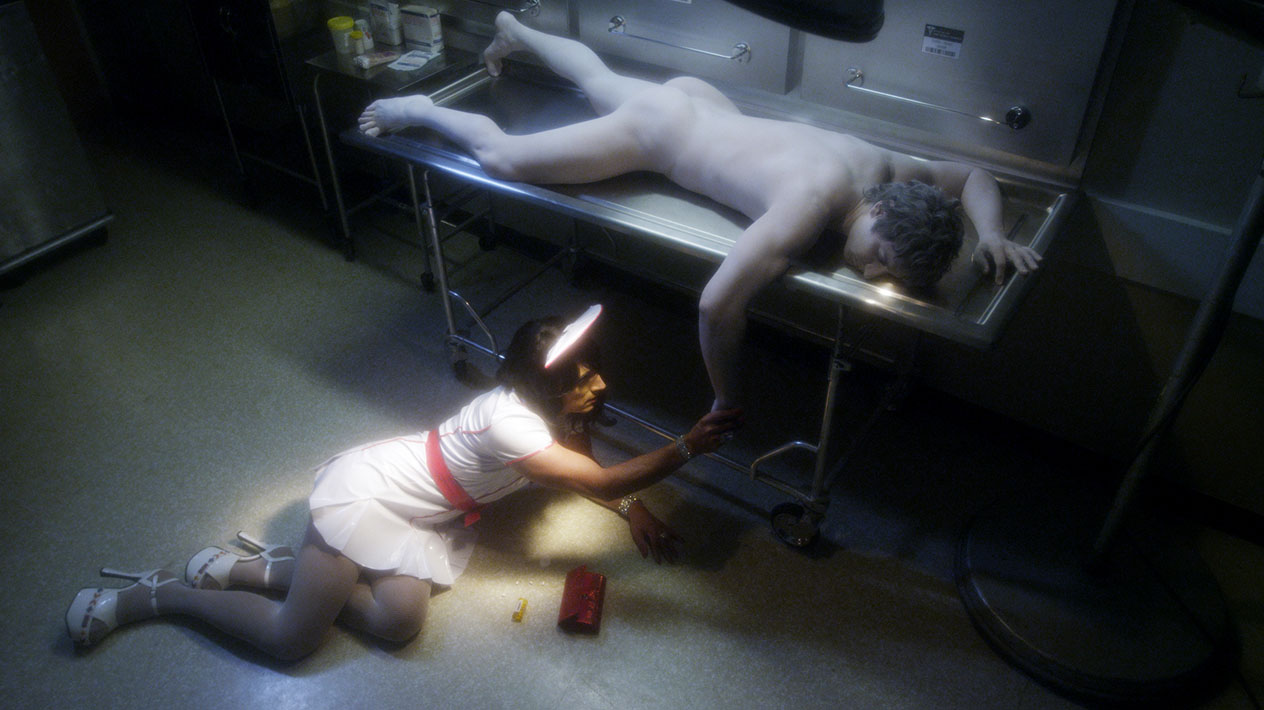
The first casualty of Modernity was Romanticism. On the precipice of modernity, he was inspired by two ancient traditions: on one side by the classical art of ancient Greece, on the other by the ancient cultures “discovered in the new world”—the “savages.” Bounded by these two worlds he straddled a precarious balance of naivety and knowledge. Clinically, Romanticism’s condition was characterized by his embracing of emotion as a legitimate response to aesthetic experience of the sublime in nature. He was receptive to the exotic, and harnessed the power of the imagination to envision and escape. With the emergence of Photography, photographic pathogens contributed to the outbreak of Realism, which inhibited the emotional receptors in Romanticism. The compromising of the emotional system left Romanticism vulnerable to the pandemic of Realism which resulted in a devastating one-hundred percent mortality rate. Our deepest sympathies are extended to his family and loved ones.
Cubism and Primitivism
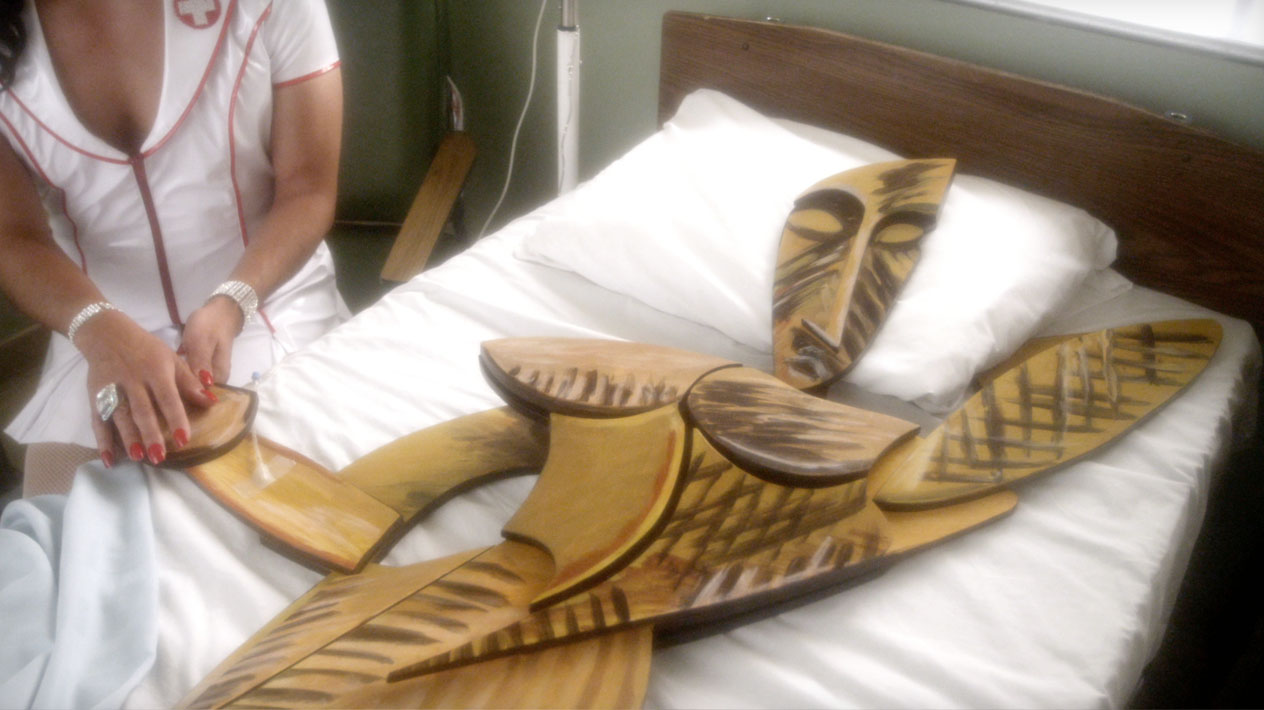
The outbreak of Cubism at the beginning of the twentieth century was a brief but radical avant-garde and highly contagious art movement. It was an excruciatingly painful condition. Subjects like the female nude in our wing, were broken up and reassembled in an abstracted form comprised of geometric shapes. The pathology of this disorder is characterized by a wide range of traumas indicative of the violence with which she was split into a multitude of viewpoints to represent the subject in a greater context. In the extreme case of this female nude, her Cubism metastasized into acute infections of Primitivism. Primitivism is the Western Art disorder that is characterized by influence from non-Western cultures. Tribal and Folk Art were appealing to Europeans who were rebelling against the dogmatic constraints of academic painting. In Indigenous art forms, Europeans saw the potential for the expression of spirit, a strong antidote to the power of Realism that had already overcome Romanticism.
Painting
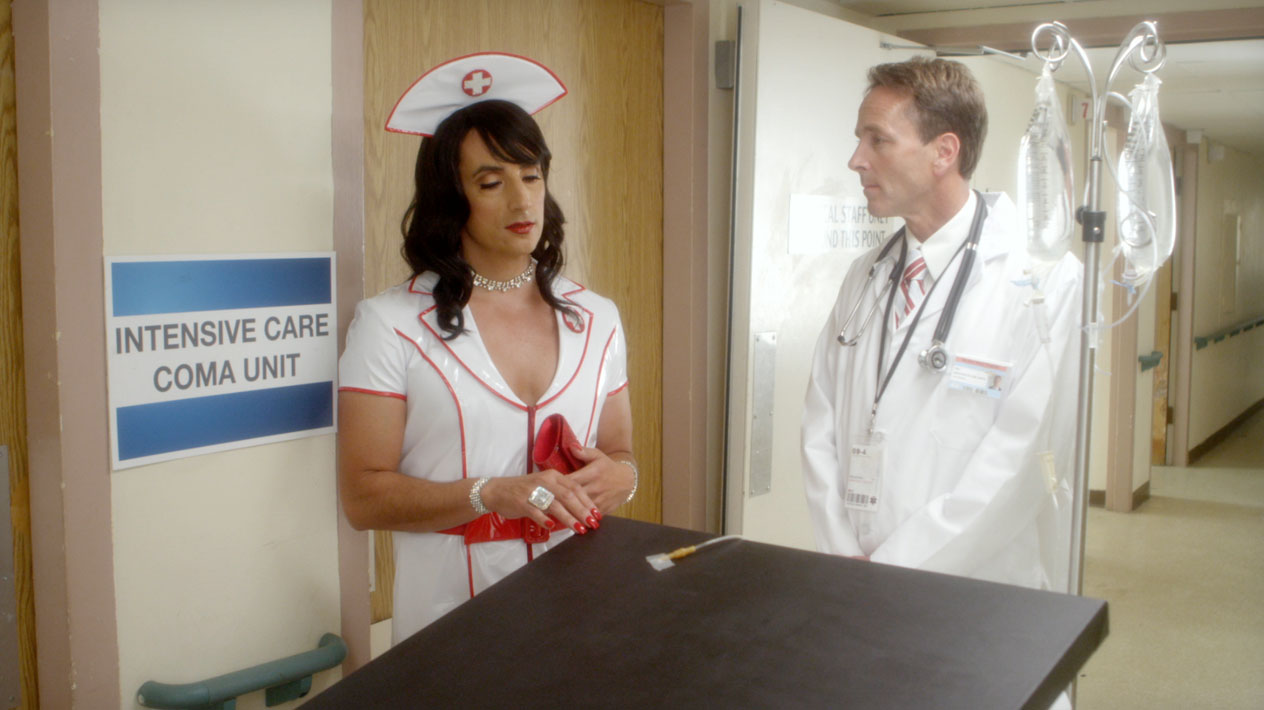
One of the oldest casualties, Painting dates back many thousands of years to caves in France, and rock shelters in Australia. Painting evolved and thrived as one of the richest and most complex artistic traditions in the world. However in the West, it fell into a deep crisis in the early nineteenth century following the advent of Photography, which removed much of painting’s historic purpose to provide a pictorial record of life’s events. With Photographic pathogens having already weakened its vigorous constitution, Painting struggled through many ensuing infections: Impressionism, Post-Impressionism, Fauvism, Expressionism, Cubism, and Dadaism. However, perhaps nothing was more damaging than the epidemic of Conceptual Art, which resulted in Painting being pronounced clinically dead numerous times in the twentieth century. Despite the morbid prognosis, we at the Modern Wing continue to administer the highest level of care to weak and dying art traditions in the hope that these casualties will not only survive, but go on to lead healthy productive lives.
Cultural Amnesia
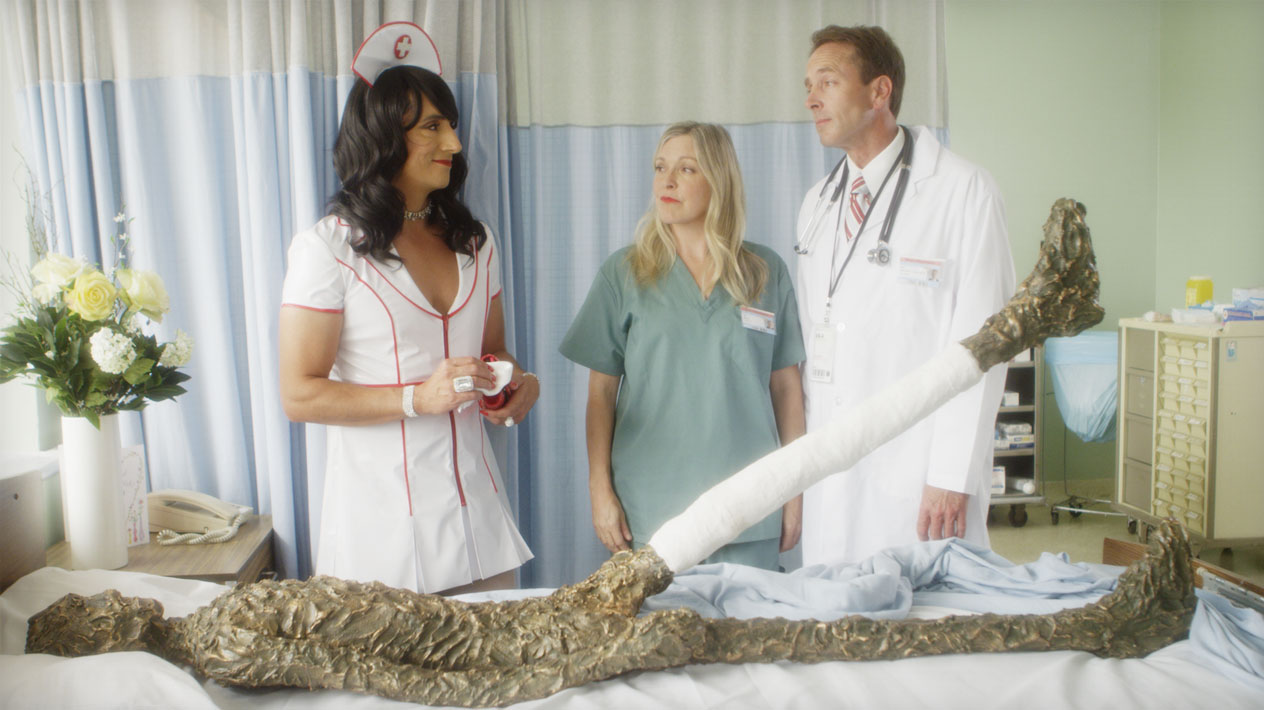
One of the most devastating afflictions brought on by Modernity is the condition of willful Amnesia, whereby the artistic traditions of the past have been discarded in favour of new ways of seeing and experimentation. Clinically, this phenomenon can be characterized by three distinct phases: In his endeavours to “Make it New!”, initial feelings of euphoria and exhilaration sweep over the casualty as the burden of tradition falls off. Free of all previous knowledge or conventions, the casualty flounders toward the unknown. The secondary, sobering stage, is characterized by a general disorientation and malaise as the casualty descends into an increasingly personal mode of expression and the ensuing detachment from others (his audience). The tertiary or terminal stage is characterized by frustration and ennui as the casualty’s vocabulary has become so reductive that he no longer possesses the breadth of skills with which to communicate or execute his ideas. We have been doing our best to gently jog his memory and rehabilitate him, but it is a long road to recovery.
Patient Zero
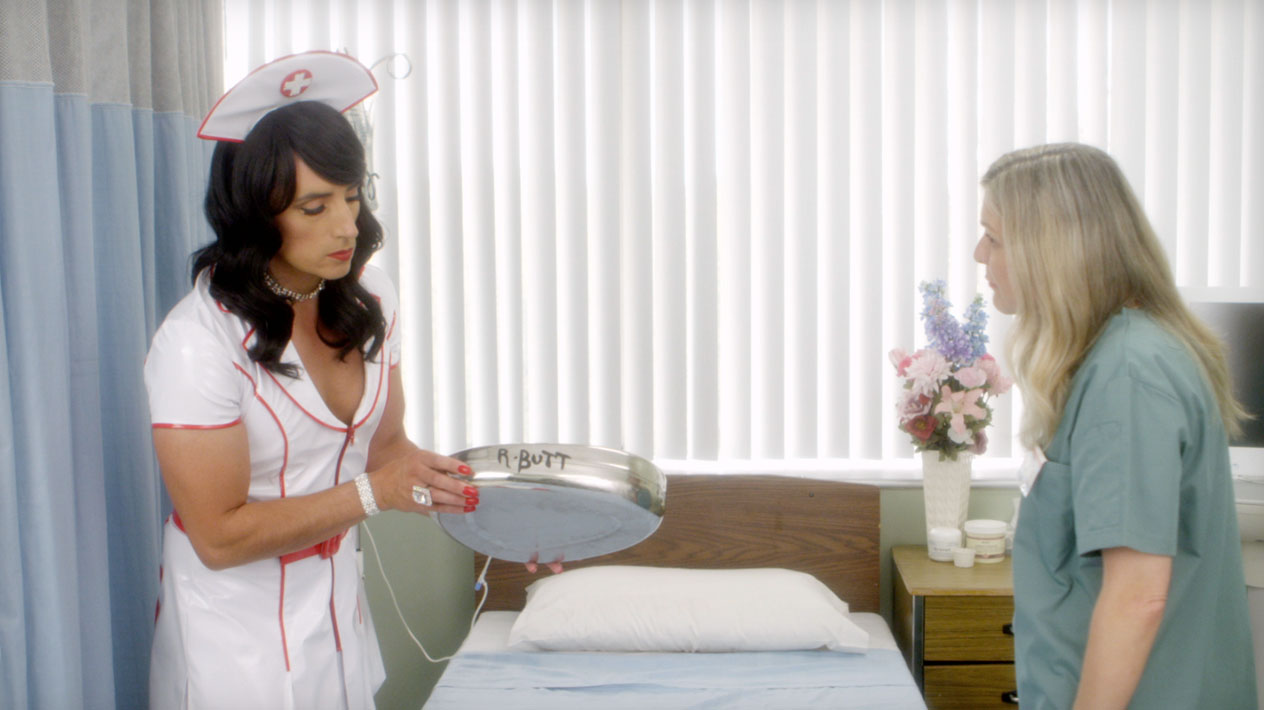
Cleverly titled Geyser (lovingly nicknamed Geezer by our care team) the grandfather of Conceptual Art has sadly been bedridden for almost a hundred years. Since he is merely an idea, he is unable to discharge himself from the Modern Wing, and waits listlessly for others to execute the written instructions to discharge him. The first of the “Readymades”, he has no real skill of his own, relying entirely on others to fabricate his lustrous finish and steely contours. Completely lacking autonomy, he has caught the empathy of our caring team who try to empty his frequently flowing concepts as often as possible. Not being the most eye-catching of our casualties, he can get quite ornery and grumpy, yet he commands the reluctant respect of the other casualties in the Modern Wing for the notoriety of being the first of his kind. Indeed there have been many imitators, but Geyser is an original and we appreciate him!
Performance Art
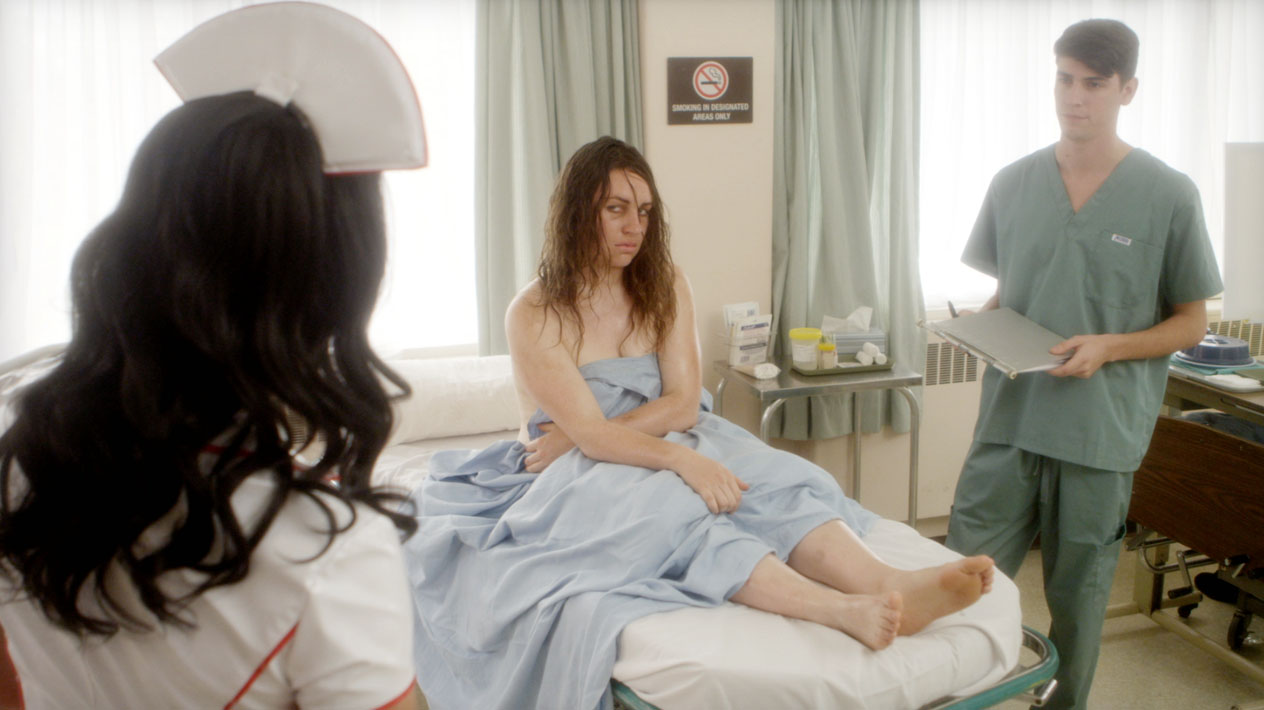
A close relative of Conceptual Art, Performance Art has been institutionalised for many decades. Her condition evolved in a similar pathology as Conceptual Art in that it defies cultural norms and orthodox clinical definitions of Art. Her symptoms can manifest as carefully scripted and planned events, or her outbreaks can be random and spontaneous—sometimes without even having an audience. Symptoms include tone deaf vocalisations, repetitive counting syndrome, public nudity, lack of empathy for audience, and time comprehension disorder. Sometimes she is physically not even present at her performances, but several basic conditions are always detectable: time, space, her body, and her presence in a medium or in relation to an audience. Her condition evolved as the antithesis to theatre with the crux that her pathology is an ephemeral and authentic experience for performer and audience that could not be repeated, captured or purchased. Our care team has been nurturing and encouraging, offering the best in critical feedback, and managing her outbreaks, even when when the artist is not present.
Conceptual Art
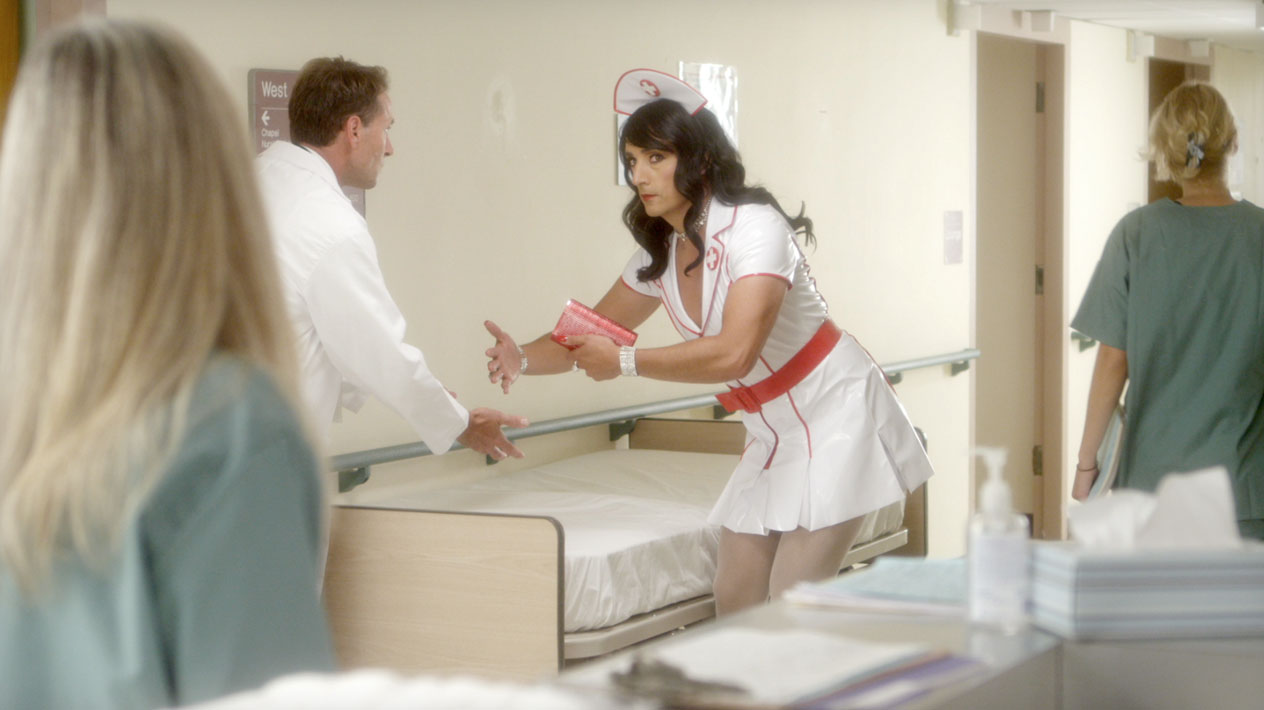
Conceptual Art is the most difficult of the Casualties to diagnose because, unlike traditional aesthetic and material conditions, his pathology takes the form of an idea and there is no physical artwork to examine. At the Modern Wing we employ all the latest in biotechnologies to ensure that our Casualties are carefully analysed and fully understood. While we do our best to translate written instructions, often our ultrasounds, biopsies, X-rays, MRIs, and CAT scans misdiagnose the intention of the work. We encourage our visitors to take the time to read the artists’ statements carefully so they do not misinterpret our casualties, as regrettably this sometimes can happen. Typically the execution of a Conceptual artwork is merely a perfunctory affair, secondary to the pathology of the idea. But our team strives for the highest standards of faithfully executing all conceptual artworks regardless of the complexity and tedium of their pathology.